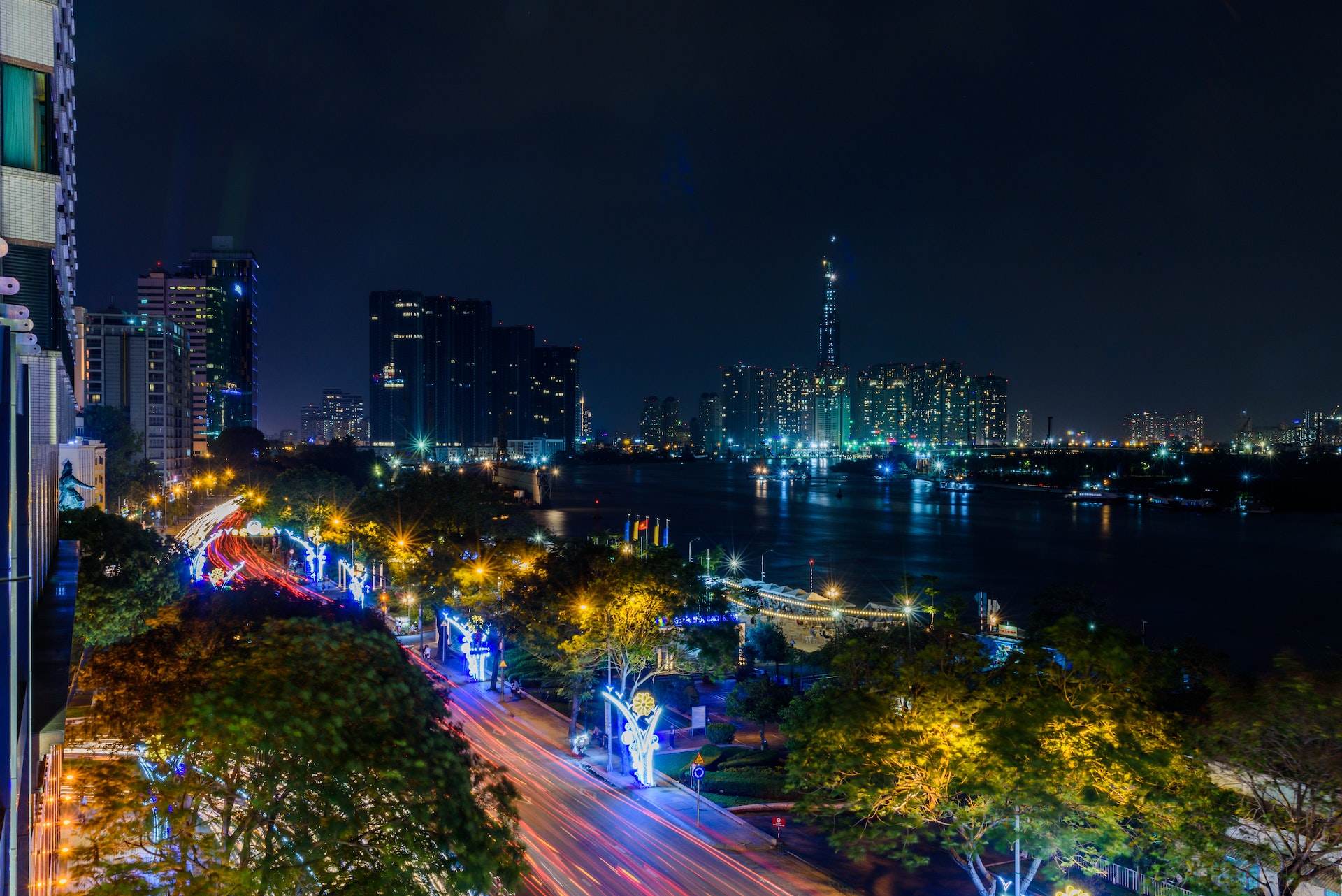Hoi An weather is a topic of interest for many travelers planning a trip to this beautiful city in central Vietnam. Known for its well-preserved ancient architecture, vibrant culture, and delicious cuisine, Hoi An attracts visitors from all over the world. However, the weather in Hoi An can vary greatly depending on the time of year, so it’s important to understand the forecast before planning your trip.
Located in the tropical monsoon climate zone, Hoi An experiences distinct seasons throughout the year. The city has two main seasons, the rainy season and the dry season. The rainy season typically lasts from September to December, with heavy rainfall and high humidity levels. On the other hand, the dry season, which lasts from January to August, is characterized by clear skies, low humidity, and comfortable temperatures.
Hoi An’s average temperature is around 27°C (81°F), with the hottest month being June, and the coolest month being January. The city also receives a significant amount of rainfall, with the wettest month being September, and the driest month being February. It’s worth noting that Hoi An’s weather can change rapidly and unexpectedly, so it’s always a good idea to keep an eye on the forecast and pack accordingly.
<
| Month | Low (°C) | High (°C) | Low (°F) | High (°F) | Rain (%) |
|---|---|---|---|---|---|
| January | 17 | 25 | 63 | 77 | 10 |
| February | 17 | 25 | 63 | 77 | 8 |
| March | 18 | 28 | 64 | 82 | 12 |
| April | 20 | 30 | 68 | 86 | 20 |
| May | 22 | 32 | 72 | 90 | 25 |
| June | 24 | 34 | 75 | 93 | 30 |
| July | 25 | 35 | 77 | 95 | 35 |
| August | 25 | 35 | 77 | 95 | 30 |
| September | 24 | 32 | 75 | 90 | 40 |
| October | 22 | 30 | 72 | 86 | 35 |
| November | 20 | 28 | 68 | 82 | 25 |
| December | 18 | 25 | 64 | 77 | 20 |
When deciding on the best time to visit Hoi An, it ultimately comes down to personal preference and what you hope to experience during your trip. If you’re looking to avoid the crowds and enjoy more comfortable weather, the dry season from January to August is the best time to visit. The temperatures during this period are relatively mild, with the exception of June and July which can be quite hot.
On the other hand, if you’re looking to experience Hoi An’s famous full moon festivals and lantern-lit streets, the rainy season from September to December may be a better option for you. While the weather during this period can be unpredictable, it can also make for a more authentic and atmospheric experience.
Another factor to consider is the effect of the weather on outdoor activities. During the dry season, the clear skies and low humidity make it the perfect time for exploring Hoi An’s many temples and historic sites. However, during the rainy season, the heavy rainfall can make these activities less enjoyable.
Additionally, it’s worth noting that Hoi An’s peak tourist season is typically from January to August. If you’re looking to avoid the crowds, the rainy season may be a better option. However, keep in mind that many shops and restaurants may be closed during this period.
In conclusion, the best time to visit Hoi An largely depends on your personal preferences and what you hope to experience during your trip. The dry season from January to August offers comfortable weather and clear skies, making it the perfect time for exploring Hoi An’s many temples and historic sites. On the other hand, the rainy season from September to December offers a more authentic and atmospheric experience, with the opportunity to experience Hoi An’s famous full moon festivals and lantern-lit streets. Ultimately, it’s important to consider the weather forecast and plan accordingly to make the most of your trip to Hoi An.



